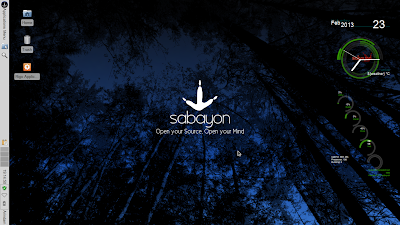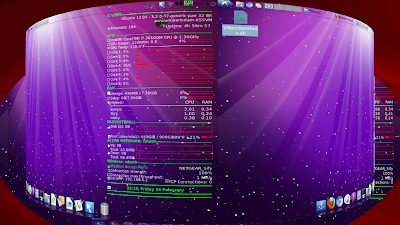To begin with, Sabayon 11 release is not
be missed. At least that is the evidence I got post using the Sabayon
11 XFCE and KDE releases. Hardware support is better than ever with complete EFI/UEFI and UEFI SecureBoot support, greatly improved NVIDIA Optimus support through Bumblebee, a selection of MySQL flavors, including Google MySQL and MariaDB, up to 14000 packages now available in the repositories per architecture, and much, much more. I already reviewed the XFCE and KDE releases and found both to be really really good. Next in line is the Mate version.
Sabayon 11 Mate 32-bit ISO is about 848 MB and comes with Mate 1.4.1 desktop with Linux kernel 3.7.0. Caja 1.4.0 is the default file manager. The ISO supports live-boot and I used my
Asus K54C with 2.2 Ghz Core i3 processor and 2 GB RAM. It doesn't have
NVIDIA graphics for the test. Using Unetbootin, I created a live USB. I
used it to live boot on the laptop mentioned above followed by
installation to a 16 GB hard drive.
 |
| From Sabayon 11 Mate http://mylinuxexplore.blogspot.in |
Read more!











